Top Hatchbacks With Crossover Rivalling Trunks

Nowadays, some hatchbacks are giving crossovers a run for their money with respect to their cargo hauling capabilities.
This is where the appeal of crossovers comes in. They mostly drive like a regular 4-door sedan, but due to longer wheelbases and an overall larger size, they offer impressive amounts of cargo space to handle whatever is thrown at them.
ALSO SEE: Top 10 Hot Hatches We Wish Were Sold in North America
But there is another class of vehicles that surprisingly offer similar amounts of cargo space despite their smaller overall size: hatchbacks. Let’s take a look at the top ones which have caught our attention.
Top Hatchbacks With Crossover Rivalling Trunks
2018 Honda Fit
As its name might suggest, the Honda Fit comes out on top with an unbelievable 57 cubic feet of space when the rear seats are folded. The Fit’s ability to squeeze out so much space from a tiny body is like magic, so it’s really no wonder the rear folding seats were branded as “Magic Seats” by Honda themselves.
Add to the fact that the Fit even surpasses some compact crossovers such as the 2019 Jeep Cherokee whose total cargo space of 54.9 cubic feet doesn’t even come close.
2018 Kia Forte5
Not far behind from the Fit is the enormous 56 cubic feet the Kia Forte hatchback allows. Even better, when the seats are in place, there is still a very usable 23 cubic feet of space which beats the Fit’s 17 cubic feet of space with the seats up.
As an overall package, we think the Forte5 is a very close second to the Fit because it offers amazing cargo hauling both when the seats are up and down.
2018 Subaru Impreza Hatchback
The Impreza Hatchback offers an average 20.8 cubic feet of space with all the seats in place. But that transforms to an almost class leading 55.3 cubic feet when those seats go down. The hatchback totally eclipses the sedan version’s 13 cubic feet predictably but what is not expected is that the hatchback does this while being 6.5-inches shorter than the sedan. Hatchbacks are traditionally similar in length to their sedan counterparts, but here we have a hatchback that is smaller but roomier and probably easier to park than the sedan version. Go figure!
2018 VW Golf
Having the most square shape in the segment really pays dividends for the Volkswagen Golf as it boasts 23 cubic feet of space with the seats up and 53 cubic feet when the seats are folded. The great thing with the Golf is that despite slightly lower cargo dimensions than the Fit and Forte 5, the square shape actually lends to a more usable space especially when the rear seats are in use. A solid win for the Volkswagen when it comes to real world capability.
2018 Chevrolet Cruze Hatchback
The Cruze Hatchback is at the tail end of cargo carrying capacity in this list of hatchbacks. But even with 47 cubic feet of total cargo space, it rivals a lot of subcompact crossovers for practicality. The 25 cubic feet of space with the rear seats in place easily compare favorably to some compact crossovers like the 2019 Jeep Cherokee’s 25.8 cubic feet.
2018 Honda Civic Hatchback
Honda recently reintroduced the Civic Hatchback to American consumers. It’s so far proven to be a good all-around vehicle and the hatchback body style has given Civic buyers the opportunity to enjoy a crossover rivaling 25.7 cubic feet of space with the rear seats in place, and 46.2 cubic feet when they are down.
2018 Hyundai Elantra GT
Despite modest dimensions like the rest of the cars on this list, the Hyundai Elantra GT sports 55 cubic feet of total cargo space. A very useful 24.9 cubic feet remains if those seats are occupied. This is a hatchback that even when all seats are occupied by passengers, has more cargo space than an Audi Q5, which incredibly is in a larger class of vehicles than usual compact crossovers.

Chidi loves talking about cars. He enjoys exploring the limits of new car technology and performance vehicles. When he is not writing features for AutoGuide, you will most likely find him perusing Kijiji or Autotrader listings for unique classic nameplates.
More by Chidi Ohiaeri




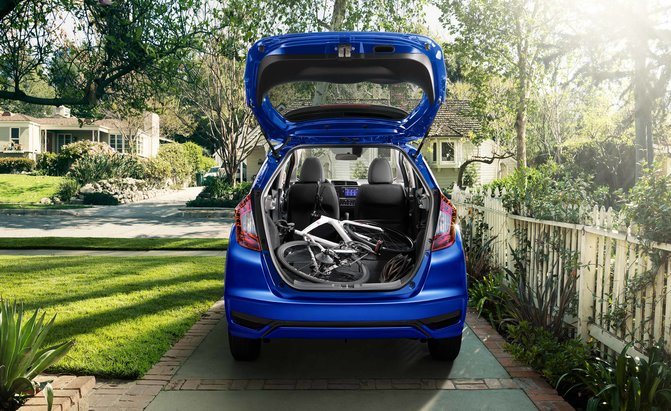



















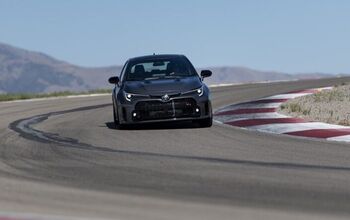

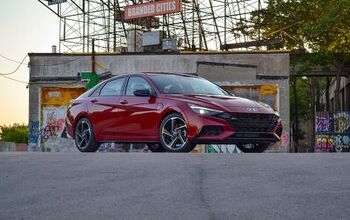
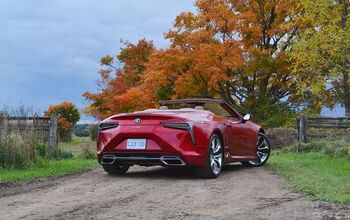
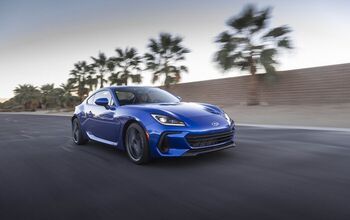

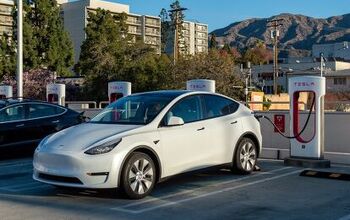




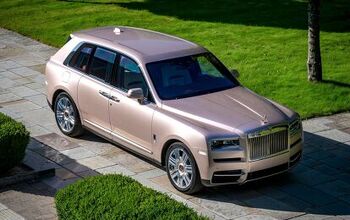
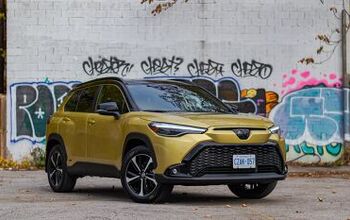

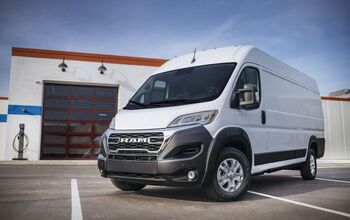
Comments
Join the conversation
So than the question comes up, why need a crossover for cargo space when a hatchback will do just fine? Answer...people are stupid and easily fooled into buying something they dont need. Just wait when gas hits $1.50 a litre and than even $1.70 a litre for regular, people will get rid of their SUVs for small hatchbacks. Of course peoplr will dump the hatchbacks when gas drops, so they will go back to their SUVs, and he cycle repeats. Sad.